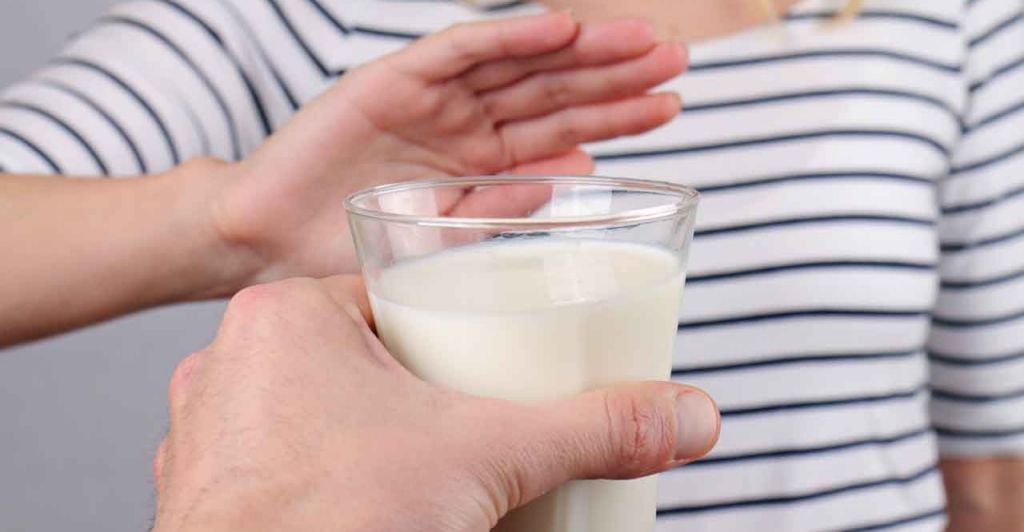Franklin Hospital issued the following announcement on Nov. 12.
Lactose is a sugar in dairy products. What is lactose intolerance? It’s an inability to digest lactose without symptoms like gas, cramps, and diarrhea.
Do you regularly feel ill after you eat ice cream or drink milk? You may have a common genetic variation that interferes with the digestion of lactose, the main sugar in milk.
It’s very rare for infants to have a problem with milk. But after infancy, about 65 percent of all people begin to lose the ability to digest lactose without symptoms. Lactose intolerance is most common in people of East Asian, West African, Arab, Jewish, Greek, and Italian descent. Only about 5 percent of people of Northern European descent are lactose intolerant.
What is lactose intolerance?
Normally when we consume a milk-based product, an enzyme called lactase breaks it down in our intestines. If your small intestine produces too little lactase, the lactose isn’t digested properly and instead goes on to the colon, where it ferments. That fermentation causes the symptoms of lactose intolerance — gas, bloating, cramps, and diarrhea. Any injury to your small intestine — perhaps from an accident or contaminated water — can lead to lactose intolerance.
Lactase production can decline with age, so the problem sometimes hits you as a senior.
How do you know if you have lactose intolerance?
A simple test is to go without any milk in your diet for two weeks. Does your intestinal discomfort go away? If so, try consuming a little milk and see if you develop new symptoms, usually within two hours.
In a “breath test” you’ll drink a beverage with lactose and then breathe into a balloon-like container, so that your hydrogen level can be measured. You’ll produce more than the usual amount of hydrogen if you’re lactose intolerant.
What else might be wrong?
Other conditions can trigger intestinal distress. If you see blood in your stool, for example, it’s not caused by lactose — and you should tell your doctor and get checked for inflammatory bowel disease. You might have celiac, with symptoms that show up after you eat wheat and other grains. You may need to keep a complete diary of your food and symptoms and bring it to a nutritionist.
Living with lactose intolerance
You can try consuming lactose-free products or taking lactase pills or drops to see if that clears up any symptoms. Sometimes the problem comes and goes. Or you might find you can tolerate lactose in small quantities.
If you cut out all dairy, make sure your doctor knows. You may need vitamin D or calcium supplements.
This list may be able to help you predict which foods you can eat. For instance, if you know you’re fine after two tablespoons of sour cream but not three, you might be able to have the same amount of whipped cream in any one meal, or an ounce of hard cheese — but not a cup of milk.
| Substance | Lactose (g) |
| Milk: whole, low-fat, skim (1 cup) | 9 - 12 |
| Buttermilk (1 cup) | 9 - 12 |
| Goat milk (1 cup) | 9 |
| Fat free dry milk (1/3 cup) | 12 |
| Half and Half (2 tbsp) | 1 |
| Light cream (2 tbsp) | 1 |
| Whipped cream (2 tbsp) | 1 |
| Sour cream (2 tbsp) | 1 |
| Condensed milk, whole (2 tbsp) | 4 |
| Evaporated milk (2 tbsp) | 3 |
| Butter, margarine (1 tbsp) | Trace |
| Yogurt, low-fat (1 cup) | 5 |
| Cottage cheese (1/2 cup) | 2 - 3 |
| Ice cream (1/2 cup) | 6 - 9 |
| Sherbet (1/2 cup) | 2 |
| Cheese: American, swiss, blue (1 oz.) | 1 - 2 |

Source: Franklin Hospital



 Alerts Sign-up
Alerts Sign-up